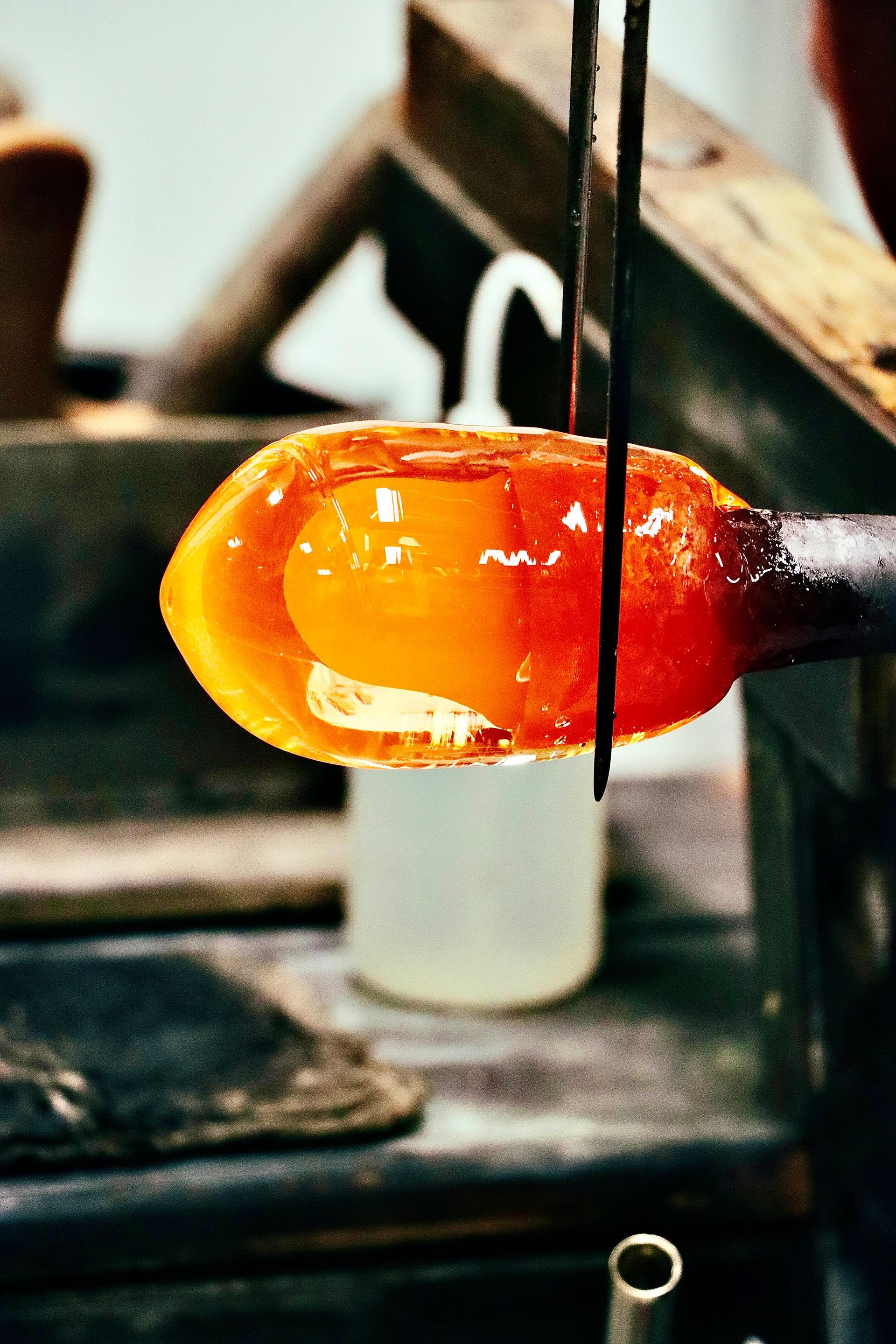Exploring the Artistry and Craftsmanship of Hot Glass Tools
Understanding Hot Glass Tools
Hot glass tools encompass a wide array of implements designed specifically for working with molten glass. From blowing pipes to jacks, tweezers, and paddles, each tool serves a unique function in shaping, manipulating, and controlling the molten glass. Crafted from durable materials such as stainless steel, graphite, or wood, these tools are designed to withstand the extreme temperatures encountered in glassblowing furnaces.
The Blowing Pipe:
Central to the glassblowing process is the blowing pipe, also known as a blowpipe or punty. This elongated metal rod serves as the primary tool for gathering molten glass from the furnace. Artisans skillfully gather a glob of molten glass on the end of the pipe, initiating the transformation from raw material to finished artwork. The blowing pipe also facilitates the inflation of the glass, allowing artisans to shape and manipulate it with precision.
Jacks and Paddles:
Jacks and paddles are essential tools for shaping and manipulating the molten glass. Jacks, resembling large metal tweezers with curved blades, are used to create necks, form bubbles, and refine the overall shape of the glass. Paddles, typically made of wood or graphite, are used to flatten and shape the molten glass, imparting texture and surface details to the final piece.
Tweezers and Shears:
Tweezers and shears play a crucial role in fine-tuning the details of a glass piece. Tweezers, with their delicate tips, are used to create intricate patterns, manipulate glass threads, and add decorative elements to the surface of the glass. Shears, on the other hand, are employed to cut, trim, and shape the glass, allowing artisans to refine the form and structure of their creations.
The Dance of Artisan and Material:
In the hands of a skilled artisan, hot glass tools become extensions of creativity and expression. Each tool is wielded with precision and intention, guiding the molten glass through a delicate dance of heat and manipulation. From the initial gather to the final touches, artisans rely on their intimate knowledge of the material and mastery of their tools to bring their artistic vision to life.
Conclusion:
Hot glass tools are more than mere instruments; they are the essential companions of glass artisans, enabling them to transform raw materials into works of art. From the humble blowing pipe to the intricate tweezers and shears, each tool plays a vital role in the glassblowing process, contributing to the beauty and complexity of the final piece. As we marvel at the exquisite creations born from the heat of the furnace, let us also appreciate the craftsmanship and ingenuity embodied in these indispensable tools.

Keisha Brittle Glass

